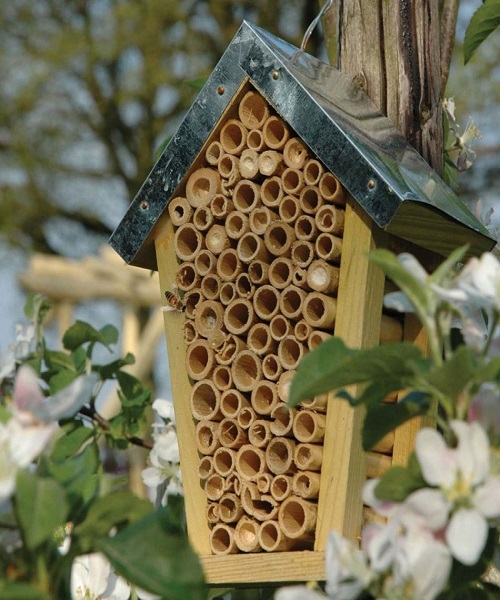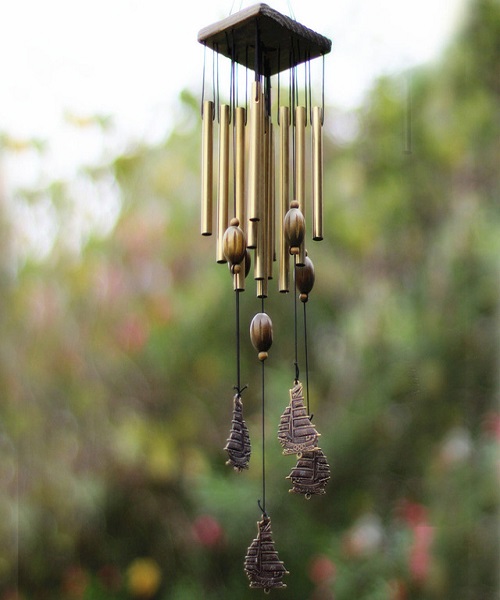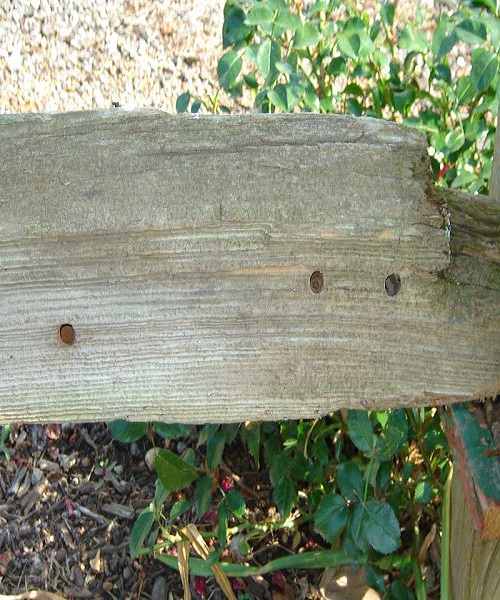Carpenter bees ruin the wood around homes, barns, and other outside structures. Carpenter bees resemble bumblebees in appearance but lack the hairy abdomen of the former. While bumblebees build underground nests and colonies, carpenter bees live in solitary hives.
Unfortunately, the “homes” they build for themselves and their families are little more than precisely drilled holes in wood. These holes are where mature female carpenter bees develop their larva for the next generation of bees. Examine any wood surfaces or external eaves for evidence of sawdust. There’s a good chance you’ll come upon a precisely drilled hole along the way. There’s also a floating scout male bee that keeps an eye on the house.
Carpenter bees can wreak havoc on your home, so here are five natural ways to keep them at bay.
Staining or Painting
Avoiding carpenter bees is a simple matter of not leaving wood surfaces unprotected. Wood that has not been treated or stained is preferred by carpenter bees more than anything else. Fresh paint or stain is the best deterrent against pests.

Citrus Oil
Citrus oil is toxic to carpenter bees, as it is to many other insects. Carpenter bees do not like it, thus it is an excellent natural repellant.
Bees can’t build a nest in freshly drilled holes, but spraying citrus oil on them will assist. In order to prevent them from returning and drilling farther, wash down high-impact areas with the oil.

Give Them a House of Their Own — Far Away from You
Carpenter bees play a vital role in the pollination of gardens and flower beds. They pollinate plants by sucking up nectar from blossoms and dispersing it to other insects.
It is possible to provide a safe haven for them, and prevent carpenter bees from attacking your wooden structures if you keep this in mind.
Installing a carpenter bee house is one option. Often referred to as “mason bee homes,” these pre-drilled holes are ideal for bees.
In order to attract hovering bees to the nest, you can place houses in areas where they are present. Then, just relocate the nest to a tree on the outskirts of your property.
Carpenter bees can be relocated peacefully by returning to the same area year after year.

Chimes and Vibration
Wind chimes and other wind-noise devices can be a great way to keep carpenter bees away from your nesting area because they dislike vibration and noise.
Installing a few wind chimes under your eaves or on your porch may deter carpenter bees from their destructive work.

Seal Up Old Carpenter Bee Holes
When it comes to preventing carpenter bees for good, it’s essential to seal up old holes!
In order to prevent carpenter bees from returning to the same hole, it is necessary to block off the holes.
Remove any larvae that may be present before applying an exterior wood filler. In addition to hatching, woodpeckers are drawn to them as well. And then you have to deal with a whole other type of harm!


